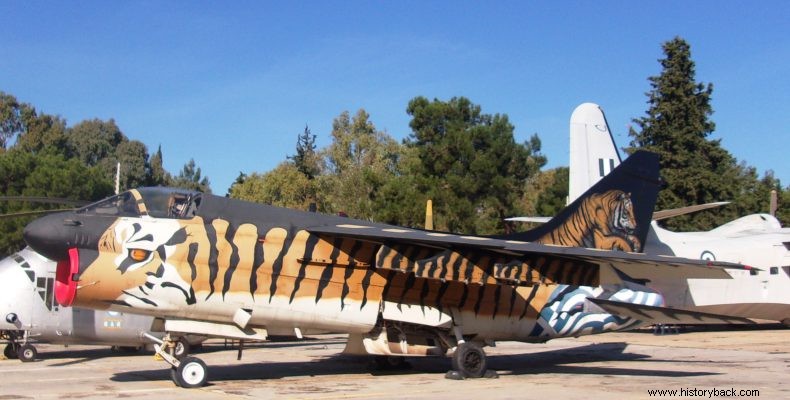
The Air Force Museum is located at Decelia Air Base in Tatoi and includes an interesting collection of aviation exhibits. The mission of the Museum is to gather, preserve and exhibit the relics of Aviation, to study and document History, to promote the sacred races and the Aviation Idea throughout the centuries.
On the occasion of the feast of the Patron Saint of PA, Archangel Michael, we visited the Museum and toured its aircraft exhibits with historical interest and excitement. The visit is a small tribute to the exploits of the Hellenic Air Force since the Greek wings covered our Greece, until today, which daily opposes those who are plotting our freedom and independence. See the photos.
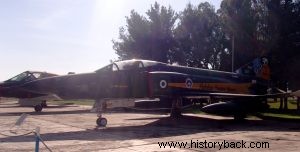
The veteran rests. RF-4 ID . The RF-4E is a variant of the F-4E fighter and differs from it in that it carries cameras in the nose with the ability to observe to the side and to the rear. Of the four different types of cameras that can be carried, the LOROP KS-127A type camera definitely has the most impressive capabilities, which is capable of taking photos from a height of 35,000 feet. Also available is the AAD-5 infrared reconnaissance system, which can be used day and night.
Unlike the USAF's older Vietnam War-era photoreconnaissance doctrine, which was summed up in the slogan Alone, Unarmed, Unafraid, the Greek RF-4Es carry armament and self-defense devices. They can operate at altitudes from as low as 40,000 feet depending on the type of mission.
Its main mission is reconnaissance before and after a target is attacked. In the second case the mission is called BDA (Battle Damage Assessment) and its success is a key factor in the planning of DB operations.
The completion of the receipt of eight new RF-4Es in 1980 dramatically upgraded the reconnaissance capabilities of the PA. Their small number was supplemented in 1993 by 27 used RF-4Es from West German stocks.
The RF-4E Phantoms operated from the 348MTA at 110AM until 5 May 2017, when they were retired.
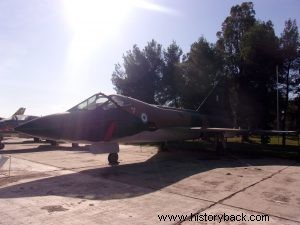
A descendant of the designs of World War II German aeronaut Alexander Lippisch, the F-102A hang glider was the USAF's primary interceptor force for fifteen years until it was replaced in 1970. Of the USAF forces in Europe, twenty surplus F- 102A and 4 TF-102As equipped for seven years (1970-1977) the Air Force's 342nd All-Weather Squadron. All planes came painted in ADC Gray and until 1974 retained this color on all surfaces. From 1974 onwards aircraft were painted in the 'Vietnam' variant. The F-102As began to be phased out from January 1977 to be replaced by the Mirage F.1CG. The TF-102A had inferior performance to the F-102A, being subsonic, mainly due to a special design that brought the instructor and trainee seats side-by-side rather than in a row. The TF-102As were retired along with the F-102As in January 1977.
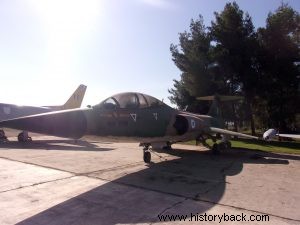
The first 37 F-104Gs were received in 1964 and joined the 335th Pursuit / Bombardment Squadron and then the 336th. In 1972, nine more were given by the US, coming from the Spanish Air Force. Between 1978 and 1985, about fifty F and RF-104Gs arrived in Greece, from Germany and ten from the Netherlands, including some RF-104Gs. From 1971 the planes were painted in a "Vietnam" variant. It was the first PA aircraft capable of exceeding Mach 2. Retired in 1993.
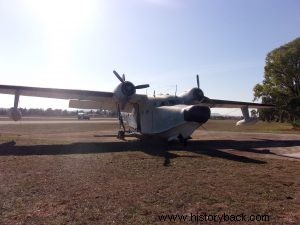
The need for a Naval Cooperation aircraft prompted the Air Force, in cooperation with the Navy, to procure twelve HU-16B Albatross aircraft. The USAF had loaned Norway a number of aircraft, some of which, at the end of the loan period, were delivered to the Air Force, the 353rd Naval Cooperation Squadron (353rd MNAS) in which they served from 1969 to 1997, when they were retired . One HU-16C, received in 1971, was used as a VIP aircraft for a short time.
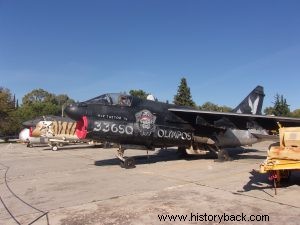
The A-7H was received by the Air Force in 1975. The initial order was for 60 single-seaters, with 5 two-seaters being received later. Initially they operated from the Air Bases of Larissa (347 Squadron "Perseas") and Souda (340 Squadron "Alepou" and 345 Squadron "Lailaps"). In 1993, 43 A-7Es and 19 TA-7Cs were received from US Navy reserves and replaced the F-104Gs in the 335th and 336th Squadrons. From 2002 all Greek Corsairs operated from Araxos Air Base, until their withdrawal on October 31, 2014.
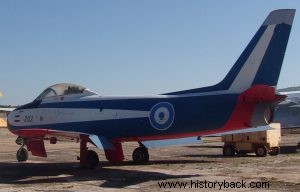
Greece received its first F-86s in 1954. They were RAF Canadair CL-13 Mk4s, converted by North American, and supplied the 341st, 342nd and 343rd Interceptor Squadrons. They remained in service until 1965, when they were replaced by F-5A aircraft. The Saber was the first Greek aircraft that could break the sound barrier while submerged. The most famous Hellenic Sabers were of course those that made up the famous Hellenic Flame Swarm (pictured) (1957-1965). For most of his service they remained unpainted. In 1964 they were painted in a "NATO" variant, but keeping the lower surface metallic. The aerobatic squadron's aircraft had a red, white and blue livery.
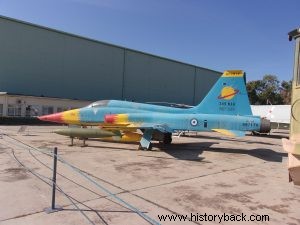
The F-5As were received by the Air Force in 1965. That same year, the 341st Day Interceptor Squadron (DAS) was declared operational, followed by the 343rd DAS. Fifty-five aircraft were initially received, with 17 RF-5As being received in 1970, while in 1975 ten were purchased from Iran and later another ten from Jordan. In 1986 nine were granted by Norway and finally in 1991 by the Netherlands another ten (NF-5A/B). During the period 1967-1968 the type was used by the third Greek aerobatic squadron "New Hellenic Flame". The F/NF-5As were retired in 2001.
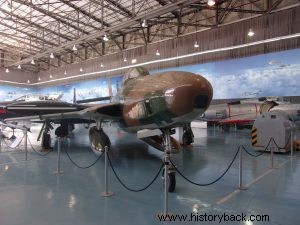
The RF-84F Thunderflashes were received in 1956 and assigned to the 348th Tactical Reconnaissance Squadron (TRS). At first they were unpainted and in 1971 they were painted in the colors of the "Vietnam" variant. They were withdrawn from active service in 1991.
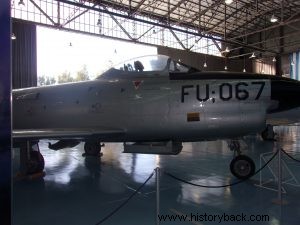
The F-86D was the Air Force's first "all-weather" interceptor aircraft. Received in 1961 and supplied 337 and 343 Squadrons. Until 1964 they were painted silver. They were withdrawn from active service in 1967 but were kept in operational readiness until 1969.
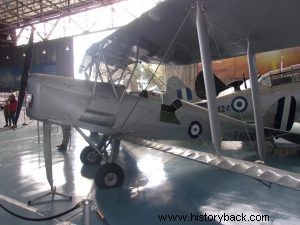
Seventeen Tiger Moths were supplied by the RAF in 1947 as part of British aid and were used as basic training aircraft until 1955. They were painted throughout in aluminum with emblems on six points and on the rudder. Codes were on the fuselage and on the underside of the wings.
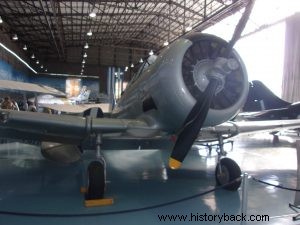
The Air Force used numerous versions of the T-6, both American and British in origin. The first Greek pilots were trained on the type during WWII in Rhodesia, while the first Greek aircraft were ex-British Harvard Mk.II A/B and Mk.III delivered after 1945 and later supplemented by American T-6D/ G. For about twenty-two years (1947-1969) THE T-6D/G was used as the main trainer of the Aviation School, as the current Icaron School was then known. Outside of training, the T-6D/G saw extensive use during the Civil War, assigned to the 345th, 346th and 347th Reconnaissance Squadrons, in both reconnaissance and strike missions.
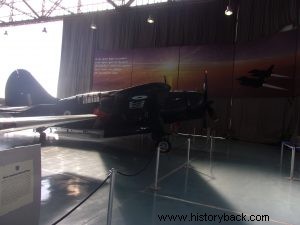
The US delivered 42 Curtiss SB2C-5 Helldivers as aid in the spring of 1949, which equipped the 336th Bombardment Squadron and operated during the final phase of the civil war. They were phased out from 1953 and replaced by F-84Gs, some of which were used until 1957 as reconnaissance.
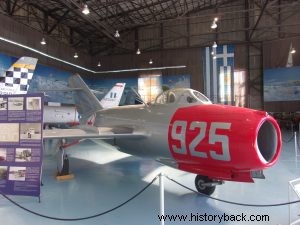
The MiG-15 is the museum's attraction.
